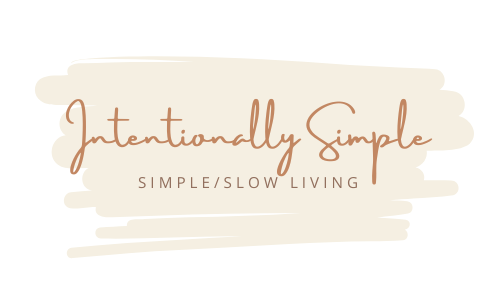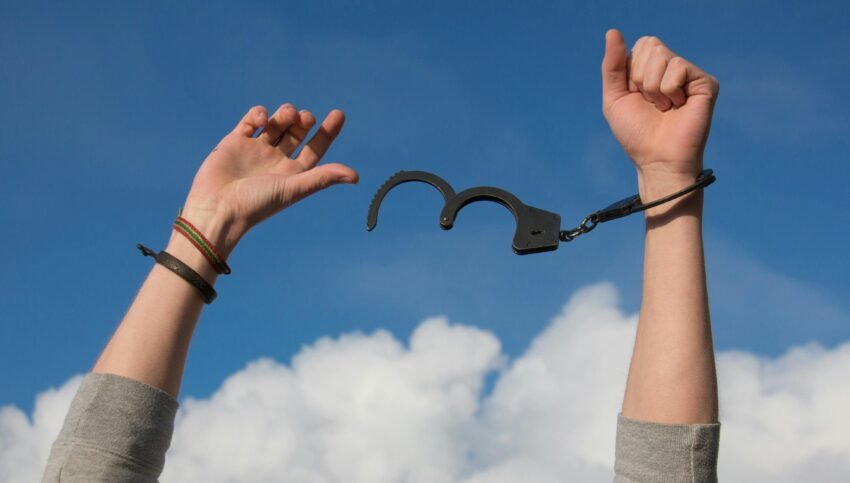The Hidden Cost of Debt
Debt is more than just a number on your bank statement—it’s a constant weight on your mind, a stressor that seeps into your daily life, and a barrier to true financial freedom. Have you ever felt trapped by your obligations, unable to slow down and enjoy life because of looming bills and financial pressures? If so, you’re not alone. Millions of people find themselves in a cycle of earning, spending, and repaying debt, all while dreaming of a simpler, more intentional life.
But what if breaking free from debt isn’t just about money—it’s about reclaiming your time, mental peace, and joy? In this guide, I’ll share the steps to achieving debt-free living, allowing you to transition into a slow living lifestyle filled with purpose, contentment, and financial freedom.
My Journey to Debt-Free Living
I remember the moment I realized my debt was controlling my life. I was working long hours, juggling multiple credit card payments, and constantly feeling anxious about money. Time for self-care, travel, or even simple joys like cooking a homemade meal seemed impossible to find. One day, I asked myself: What am I really working for? The answer shook me—I was stuck in a cycle that didn’t align with my values.
That’s when I decided to embrace simple living and tackle my debt head-on. The journey wasn’t easy, but it was transformational. Now, I live a slower, more intentional life, free from financial stress. And I want to help you do the same.
Step 1: Shift Your Mindset on Money
Before tackling your debt, you need to change how you view money. Many people associate wealth with accumulation—more money, more possessions, more status. But true financial freedom comes from understanding that less can be more.
- Ask yourself: What does financial peace look like for me?
- Reflect on: How much do I truly need to live a fulfilling life?
- Practice gratitude: Appreciate what you already have instead of constantly chasing more.
Step 2: Assess Your Debt and Spending Habits
To become debt-free, you need to understand where your money is going. Take an honest look at your financial situation:
- List all your debts (credit cards, student loans, personal loans, etc.).
- Calculate your total debt and monthly payments.
- Track your spending for a month to identify where your money is leaking.
Once you have a clear picture, you can start making strategic cuts and reallocating funds to debt repayment.
Step 3: Adopt a Simple Living Budget
A slow living lifestyle aligns perfectly with debt-free living because it emphasizes spending on what truly matters. Here’s how to create a budget that supports both goals:
- Prioritize needs over wants. Cut unnecessary subscriptions, impulse buys, and luxury expenses.
- Embrace minimalism. Reduce clutter in your life, both physically and financially.
- Use the 50/30/20 rule: 50% for necessities, 30% for lifestyle choices, and 20% for savings and debt repayment.
- Try cash stuffing or envelope budgeting to control discretionary spending.
Step 4: Choose a Debt Repayment Strategy
Not all debt payoff strategies work for everyone. Choose one that aligns with your personality and goals:
- The Snowball Method: Pay off the smallest debts first for quick wins and motivation.
- The Avalanche Method: Focus on paying off debts with the highest interest rates first to save money over time.
- The Hybrid Approach: Combine both strategies to stay motivated while minimizing interest costs.
Step 5: Increase Your Income Without Sacrificing Slow Living
While reducing expenses is crucial, increasing your income can accelerate your journey to financial freedom. But this doesn’t mean taking on a second job that drains your energy. Instead, consider:
- Freelancing or consulting in your area of expertise.
- Selling unused items for extra cash.
- Monetizing a hobby (e.g., blogging, crafting, photography).
- Investing in passive income streams like dividends, rental properties, or digital products.
Step 6: Automate and Simplify Your Finances
Living debt-free isn’t just about repaying debt—it’s about maintaining financial simplicity. Set up systems to keep your finances stress-free:
- Automate bill payments to avoid late fees.
- Use high-yield savings accounts for an emergency fund.
- Invest regularly to build long-term wealth without overcomplicating it.
Step 7: Address the Psychological Aspects of Debt
Debt doesn’t just affect your bank account—it takes a toll on your mental health. Financial stress can lead to anxiety, depression, and even physical health issues. If you’ve ever lost sleep over money worries or felt trapped in a cycle of stress, you’re not alone.
How to Overcome Financial Anxiety
- Acknowledge your emotions. Understand that financial stress is real and valid.
- Practice mindfulness. Meditation, journaling, or deep breathing can help manage stress.
- Break goals into small steps. Paying off debt can feel overwhelming—focus on one step at a time.
- Seek support. Talk to a financial coach or join a debt-free community for motivation.
By shifting your mindset and taking control of your finances, you can cultivate a sense of peace and empowerment.
FAQs: Common Questions About Debt-Free Slow Living
Can I embrace slow living while paying off debt?
Absolutely! Slow living is about being intentional with your time and money. You don’t need to spend lavishly to enjoy life—you can find joy in simple pleasures like nature, home-cooked meals, and quality time with loved ones.
How do I avoid falling back into debt after becoming debt-free?
- Create an emergency fund to cover unexpected expenses.
- Continue living below your means even after your debts are paid.
- Automate savings and investments to build long-term financial security.
- Regularly review your budget to stay aligned with your financial goals.
Take the First Step Today
Becoming debt-free is not just about money—it’s about regaining control over your life. It’s about creating space for joy, presence, and true fulfillment. By shifting your mindset, embracing a simple living budget, and strategically paying off debt, you can finally experience the peace that comes with financial freedom.
So, what’s the first step you’ll take today? Commit to one small action—whether it’s tracking your spending, setting up an automated payment, or downsizing an expense. Every step brings you closer to a slower, happier life.


